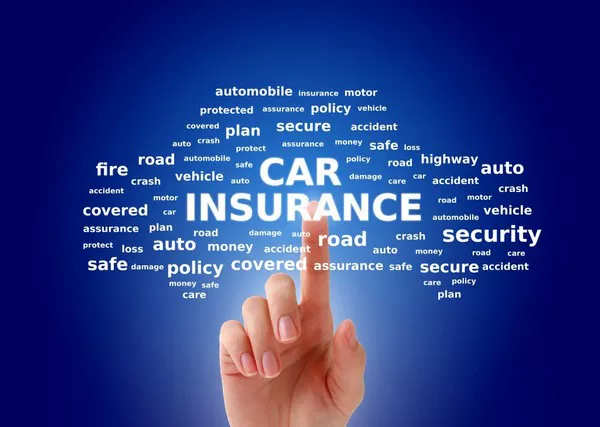When an insurance company declares a car “totaled,” it means the vehicle is considered a total loss and is not economically viable to repair. This determination often has significant financial implications for the vehicle owner. A totaled car is deemed beyond repair to a level where the cost to fix it surpasses its actual cash value (ACV).
Consequently, the insurance company will provide a payout to the owner, which is typically used to purchase a replacement vehicle.
Understanding the concept of a totaled car is crucial for vehicle owners involved in insurance claims. The term “total loss” signifies that the cost of repairing the vehicle is deemed excessive relative to its value, leading to a settlement process where the car owner receives compensation rather than having the car repaired.
Factors Considered in Total Loss Determination
Several factors come into play when determining whether a car is a total loss. These include:
Damage Assessment: Insurance companies use various methods to evaluate the extent of damage to a vehicle. This assessment typically involves professional appraisals and repair estimates. Adjusters inspect the car and document the damage, considering both visible and structural issues.
Cost of Repairs: One of the primary considerations is the cost of repairs relative to the vehicle’s market value. If the repair costs are substantial and exceed a certain percentage of the car’s ACV, it may be deemed more economical to declare the car a total loss rather than proceed with repairs. This percentage can vary by insurer but is generally in the range of 70-80% of the ACV.
Salvage Value: The potential resale value of the damaged vehicle, known as the salvage value, also plays a role in the total loss determination. If the salvage value is high enough to impact the overall calculation, it can influence the decision on whether to repair or total the vehicle.
Age and Condition: The age and overall condition of the car are significant factors. Older vehicles with lower market values are more likely to be totaled, as the cost of repairs can quickly exceed their worth. Conversely, newer vehicles with higher ACVs might have a higher repair threshold before being declared a total loss.
Threshold for Total Loss
Insurance companies often follow general guidelines to determine if a car is a total loss. Typically, if the repair costs exceed a certain percentage of the car’s ACV, the vehicle is declared totaled. Here are some key points:
General Guidelines: Many insurers use a threshold where repair costs exceeding 70-80% of the ACV lead to a total loss declaration. This threshold ensures that the cost of repairs does not exceed the financial value of the car.
Specific Examples:
Major Structural Damage: Vehicles with significant structural damage, such as frame damage or major issues with the engine or transmission, are more likely to be totaled. These types of damage often require extensive repairs that can be prohibitively expensive.
Airbag Deployment: The deployment of airbags, especially if multiple airbags are triggered, can indicate severe impact and damage. This is a strong indicator that the vehicle may be considered a total loss.
Extensive Body Damage: Significant damage across multiple panels or sections of the car can lead to a total loss determination, particularly if it impacts the vehicle’s safety and functionality.
Outcomes for the Car Owner
When a car is declared a total loss, the vehicle owner has several options and outcomes to consider:
Insurance Payout: The insurance company calculates the payout based on the car’s ACV, minus any deductible. This amount represents the financial compensation the owner will receive for the totaled vehicle.
Options After a Total Loss:
Claiming the Payout: The most common outcome is accepting the payout from the insurance company and using it to purchase a new or used vehicle.
Keeping the Salvage: The owner may have the option to buy the totaled vehicle from the insurance company at a reduced price. This can be a viable choice if the vehicle is still functional or if the owner wishes to repair it themselves.
Negotiating with the Insurance Company: If the car owner disagrees with the total loss determination or the payout amount, they can negotiate with the insurer. This might involve disputing the valuation or seeking a higher settlement based on the vehicle’s actual condition and market value.
Additional Considerations
Several additional factors can influence the total loss process:
State Regulations: State laws and regulations may affect how total loss determinations are made and how salvage rights are handled. It’s important to be aware of specific state regulations that might impact the insurance claim process.
Personal Factors: Personal circumstances, such as the availability of alternative transportation and the impact of losing the vehicle, canalso influence decisions. The car owner should consider their individual situation and how it might affect their choice of action following a total loss.
SEE ASLO: What does Third Party Fire andTheft Car Insurance Mean
Conclusion
In summary, determining whether a car is totaled involves assessing the damage, repair costs, salvage value, and the vehicle’s age and condition. Most insurance companies use a guideline where repair costs exceeding 70-80% of the car’s ACV result in a total loss declaration. The outcomes for the car owner typically include receiving an insurance payout, potentially purchasing the salvage, or negotiating with the insurer.


